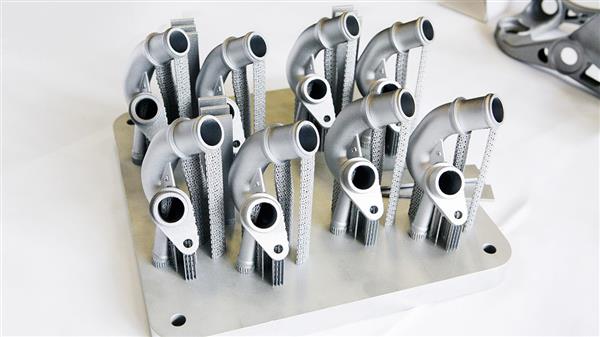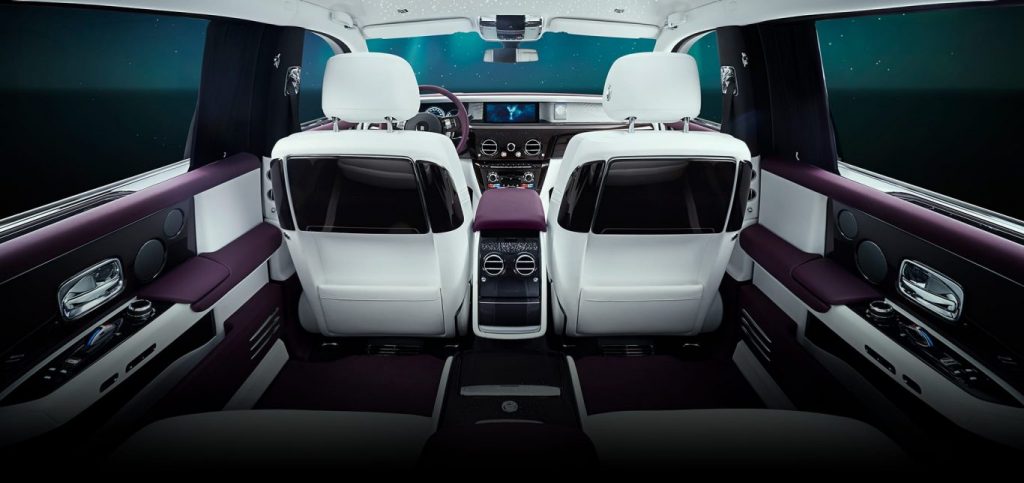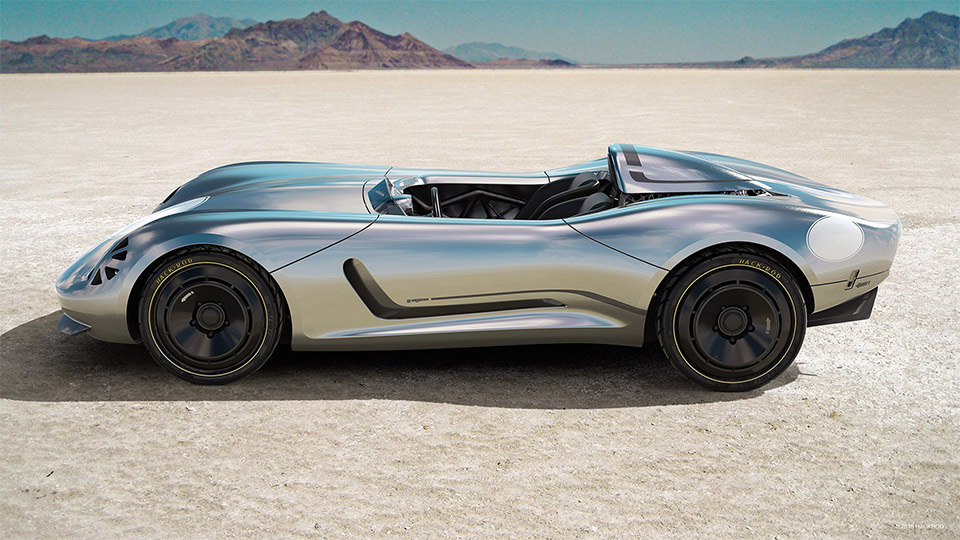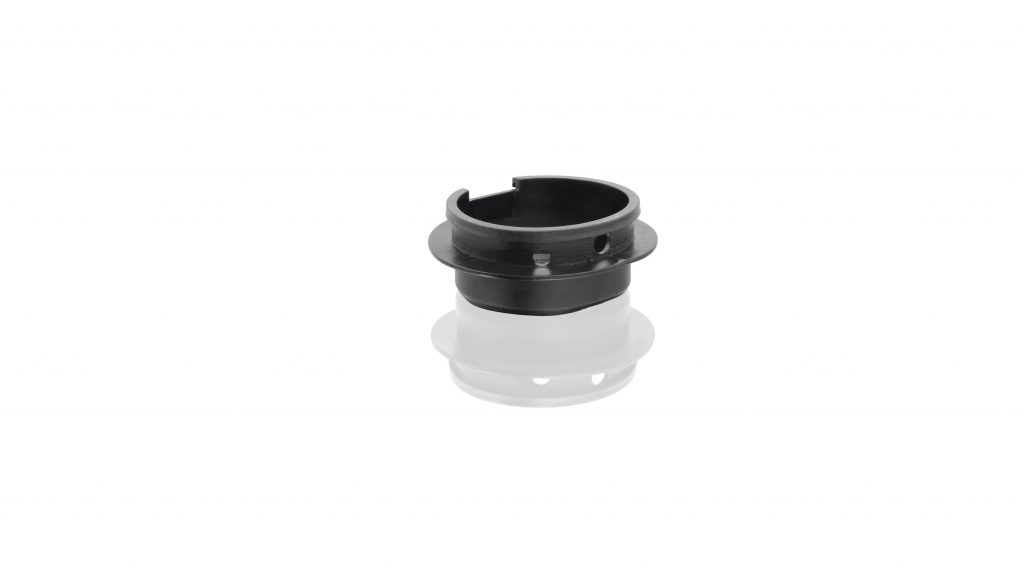3D printing technology was appealing proposition for the automotive industry at an early stage and additive manufacturing is increasing used in the sector. The 2015 Wohlers report states that the motor vehicles constituted 16.1% of the 3D printing market that year. The recent advances in additive manufacturing, allowing for newer designs, reduced lead times, and decreased costs, are already paving the way for novel ways of conceiving and producing motor vehicles.
Here are some of the recent uses of 3D printing for the automotive industry.
AUDI and SLM Solutions Group: metal prototypes and spare parts
Like many German automotive manufacturers AUDI has used 3D printing technologies for many years. More recently AUDI launched a 3D printing centre in Ingolstadt in 2017. They are currently working with the SLM Solutions Group AG, who specialise in metal additive manufacturing, to produce prototypes and spare parts.

Industrial 3D printing is advantageous when it comes to building complex or rare parts that traditional manufacturing could only produce at high costs (for low volumes). An additional benefit of the additive process is that it affords greater design freedom if a component is to handle multiple functions, like cooling or current.
The University of Nottingham: Fuel-efficient, 3D printed car components
In early 2017, the University of Nottingham’s Lattices for Automotive Components (FLAC) project was awarded a £368,286 grant from Innovate UK to investigate how 3D printing may create more fuel-efficient automobiles.

Creating complex metal lattice structures with Selective Laser Melting (SLM), engineers on the FLAC project aim to reduce the weight of components of by decreasing their density. SLM technology could also improve their performance in contrast to traditional subtractive manufacturing processes. By structuring the components in layers, the process allows for more complex lattice structures, such as hollow ducts for airflow.
Rolls Royce: custom-made cars
The English luxury automotive company has been working closely with 3D printing, specifically to increase the number of cars produced. Each vehicle that leaves the Rolls Royce factory is bespoke and, according to current CEO Torsten Müller-Ötvös, takes four to seven months to produce. In this regard, adopting additive manufacturing could help the company increase production: by July 2016, BMW had 3D printed 10,000 components for the Phantom model. Although 3D printed parts have been limited to plastic components, Müller-Ötvös anticipates a much greater role for additive manufacturing in the future, stating that the company’s “long-term goal is to print bigger parts; maybe even bodies are possible.”

Hackrod: custom 3D printed cars
In February 2018, California-based startup Hackrod launched a crowdfunding campaign to develop a platform for customising cars and motorcycles. Their target of $50,000 was reached in only seven days, and the campaign ultimately garnered $339,409 for 263 investors.

Hackrod’s concept is to build a platform that provides customers with the digital means to design their own car. To guarantee the concept’s viability, the company plan to produce a range of sports cars by 2019, although Hackrod does not intend to “hold inventory, own factories, hire laborers, or build cars”.
Porsche: spare parts for rare and classic cars
Following in the footsteps of Mercedes-Benz Trucks and Volkswagen, German car manufacturer Porsche is taking advantage of 3D printing technology for its cost-effective potential when it comes to creating spare part replacements. The short production run of many of Porsche’s Classic cars series makes it financially impractical for the company to store a large amount of components, but reproducing spare parts after a production run is finished requires costly, specific tooling.

The company is currently combining SLM 3D printing for metal parts and SLS 3D printing for plastic parts and tooling, making a wider range of rare components available for collectors.
Keep up to date with the latest 3D printing news. Subscribe to the 3D Printing Industry newsletter, follow us on Twitter and like us on Facebook.
Vote for the software the year in the 2018 3D Printing Industry Awards.
Our 3D Printing Jobs service is now live. Post a job or advance your career in 3D printing now.
Featured image shows Blade, the first 3D printed supercar by Divergent. Image via Divergent


